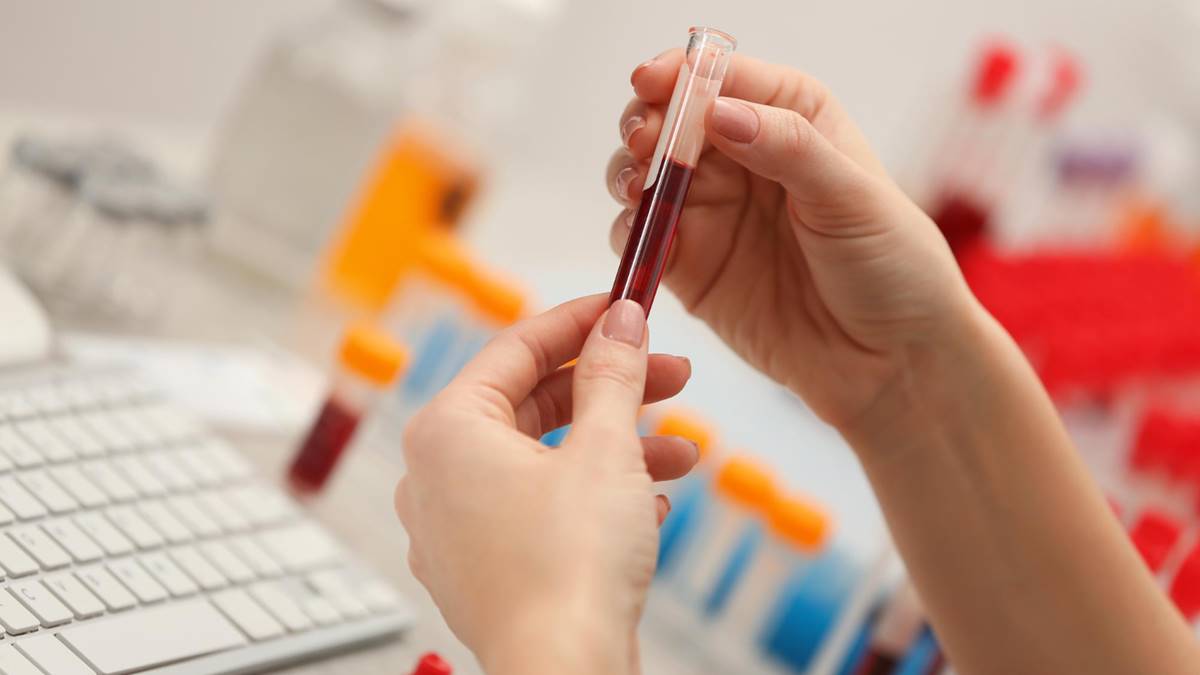It’s common to feel a wave of confusion—or concern—when blood test results come back showing low hemoglobin and hematocrit. These two numbers are often grouped together because they both relate to how well your blood can carry oxygen. And when they’re low, it’s a sign your body may not be getting the oxygen it needs to function at its best.
But what do these terms actually mean? And more importantly, what might be causing the drop?
Let’s walk through the basics, the possible reasons, and what your next steps might be if both hemoglobin and hematocrit are below normal.
What Are Hemoglobin and Hematocrit?
Both values are measured as part of a complete blood count (CBC)—a routine test that gives insight into your red blood cells, white blood cells, and platelets.
-
Hemoglobin is a protein in red blood cells that binds to oxygen in the lungs and transports it to tissues throughout the body. It also carries carbon dioxide back to the lungs to be exhaled.
-
Hematocrit is the percentage of your total blood volume made up of red blood cells. It reflects how concentrated or diluted your blood is and gives a general idea of how many red blood cells are circulating.
Normal ranges vary slightly by lab and individual factors like sex and age, but in general:
-
Hemoglobin:
• Men: 13.5–17.5 g/dL
• Women: 12.0–15.5 g/dL -
Hematocrit:
• Men: 41%–50%
• Women: 36%–44%
When both are low, it’s often a sign of anemia—but not always for the same reason.
What Does It Mean to Have Both Low?
If you’re showing low hemoglobin and hematocrit, it usually means your body either:
-
Isn’t producing enough red blood cells,
-
Is losing red blood cells faster than it can replace them, or
-
Is diluting the blood due to excess fluid
The next step is to figure out what’s behind it.
Common Causes of Low Hemoglobin and Hematocrit
1. Iron Deficiency Anemia
This is by far the most common cause—especially in women of childbearing age. Iron is a key component of hemoglobin, so if your iron stores are low, your body can’t make enough functional red blood cells.
Causes of low iron include:
-
Heavy menstrual periods
-
Pregnancy
-
Chronic blood loss (e.g., from ulcers or hemorrhoids)
-
Inadequate dietary intake
-
Poor absorption (e.g., celiac disease)
2. Vitamin Deficiencies
A lack of vitamin B12 or folate can interfere with red blood cell production and lead to a type of anemia where cells are large but immature.
This often occurs with:
-
Vegan or highly restricted diets
-
Digestive issues like Crohn’s or atrophic gastritis
-
Pernicious anemia (an autoimmune B12 absorption problem)
3. Chronic Diseases
Conditions like kidney disease, cancer, rheumatoid arthritis, or lupus can reduce red blood cell production. In these cases, you may see a mild to moderate drop in both values.
4. Blood Loss
Whether it’s from trauma, surgery, internal bleeding, or gastrointestinal issues, losing blood causes both hemoglobin and hematocrit to fall. Sometimes the blood loss is slow and unnoticed, such as from a bleeding ulcer or colon polyp.
5. Bone Marrow Disorders
Diseases like aplastic anemia, leukemia, or myelodysplastic syndromes can reduce the body’s ability to produce red blood cells altogether. These conditions are rare but serious, and they usually affect other blood cell counts too.
6. Overhydration
While less common, too much fluid in the bloodstream can dilute red blood cell concentration, leading to artificially low hematocrit levels even when red cell count is normal.
How It Feels to Have Low Hemoglobin and Hematocrit
Symptoms can vary based on how low your levels are and how quickly they’ve dropped. Many people don’t feel anything with mild anemia, while others may experience:
-
Fatigue or general weakness
-
Pale or cold skin
-
Dizziness or lightheadedness
-
Headaches
-
Shortness of breath, especially with exertion
-
Rapid or irregular heartbeat
Some people also report feeling mentally foggy or easily irritated when their oxygen delivery is compromised.
What Happens Next?
If your results show low hemoglobin and hematocrit, your doctor will likely order more tests to pinpoint the cause. These may include:
-
Iron studies (ferritin, transferrin, serum iron)
-
B12 and folate levels
-
Reticulocyte count (to see if your bone marrow is responding)
-
Stool tests for hidden blood
-
Kidney function panels
-
Possibly a bone marrow biopsy in rare or severe cases
Treatment will depend entirely on the underlying reason. It might be as simple as starting an iron supplement—or it might involve managing a chronic illness or correcting a nutritional deficiency.
You may also be monitored over time to see if levels improve naturally, especially if the cause is mild or temporary.
Why These Two Numbers Matter
Low hemoglobin and hematocrit aren’t just numbers—they’re signals from your body that something may be off. But they’re also highly treatable with the right guidance.
If you’ve received these results, take a breath. They don’t always mean something serious—but they do deserve attention. With the help of your healthcare provider, you can get to the root of the issue and start taking steps to restore both your blood health and your energy.
